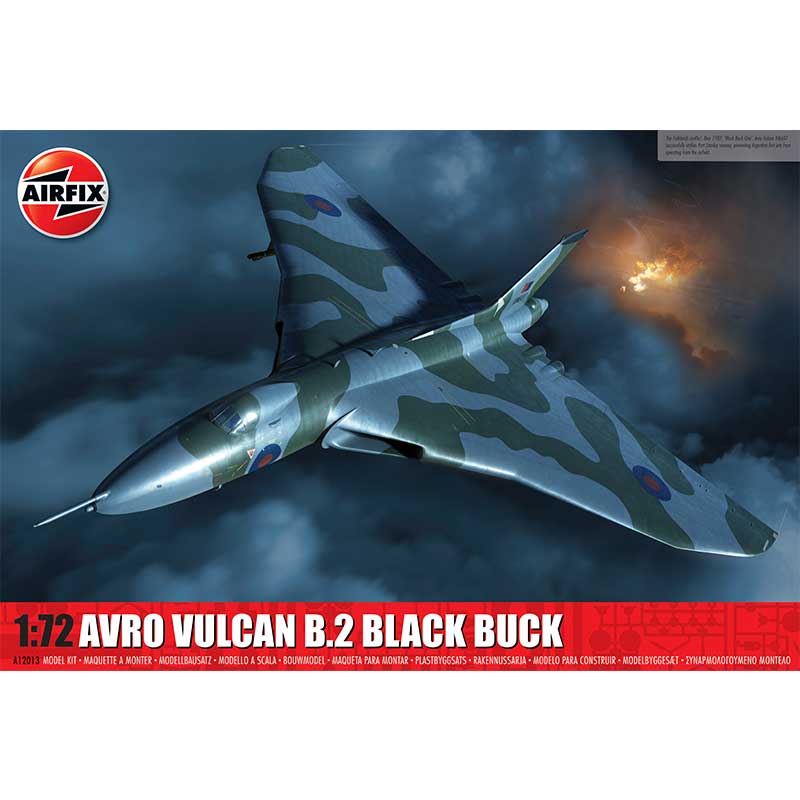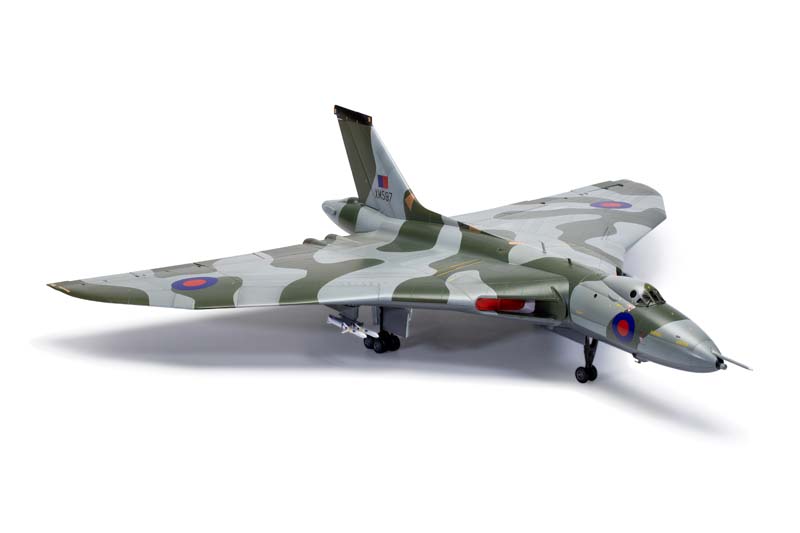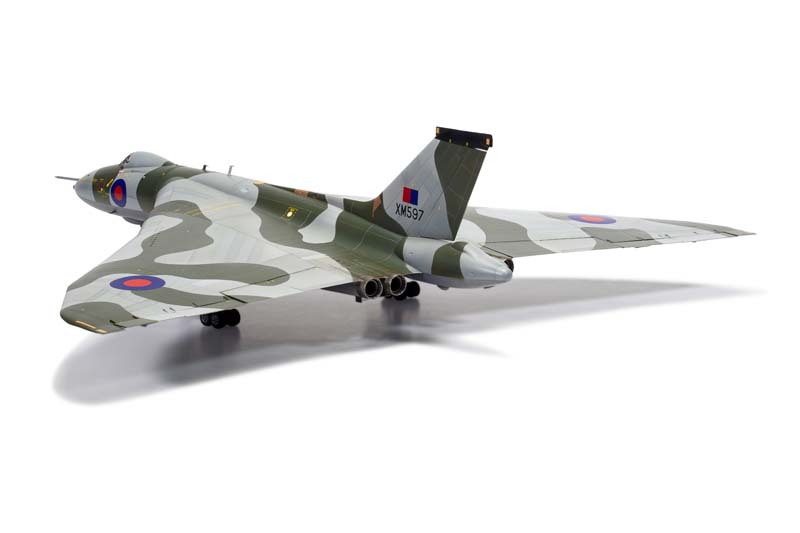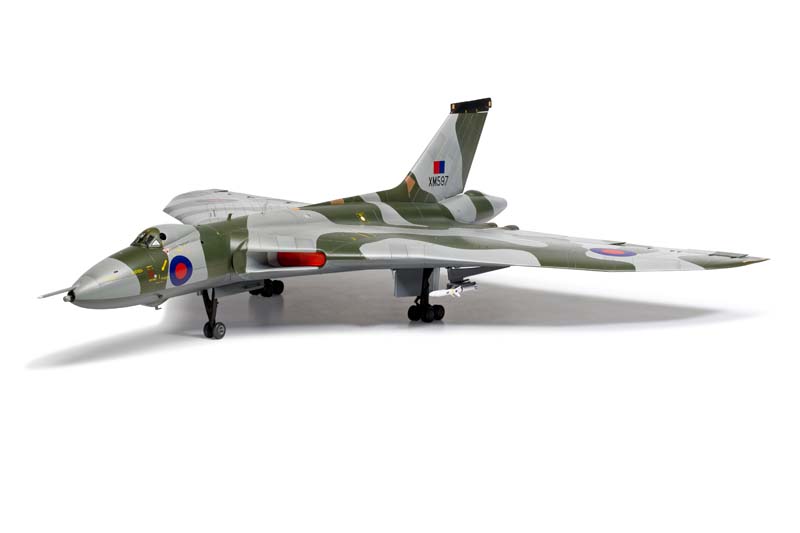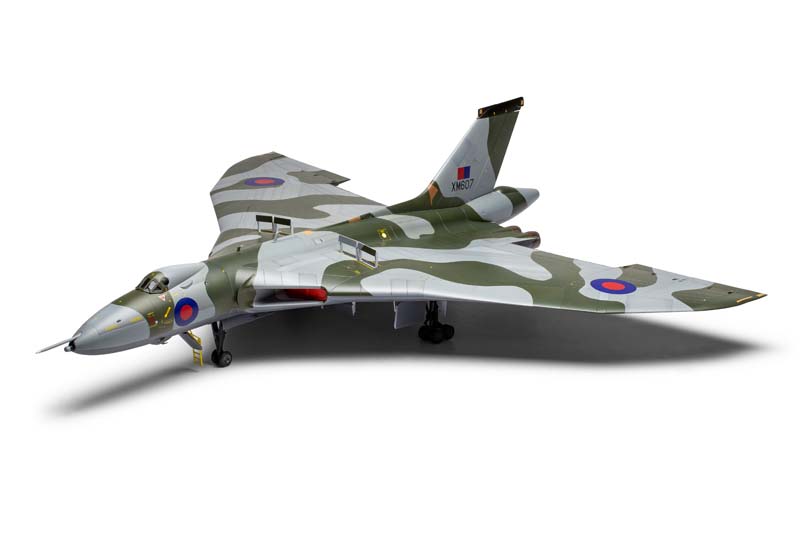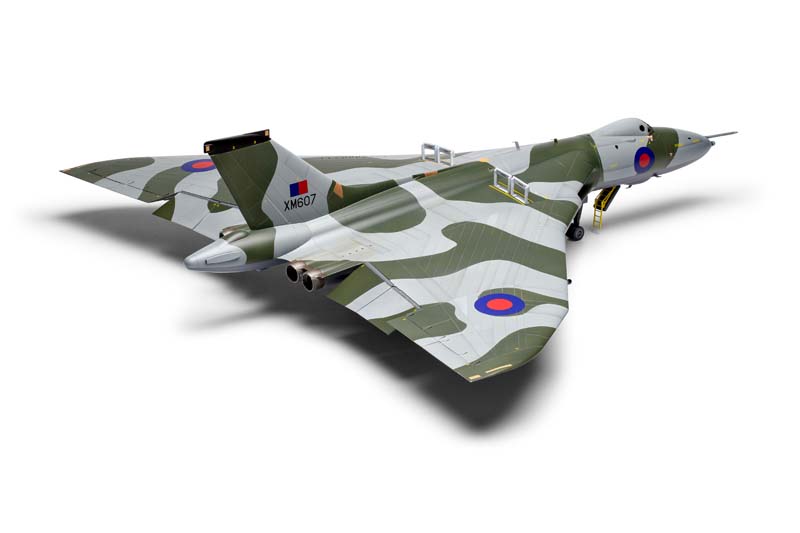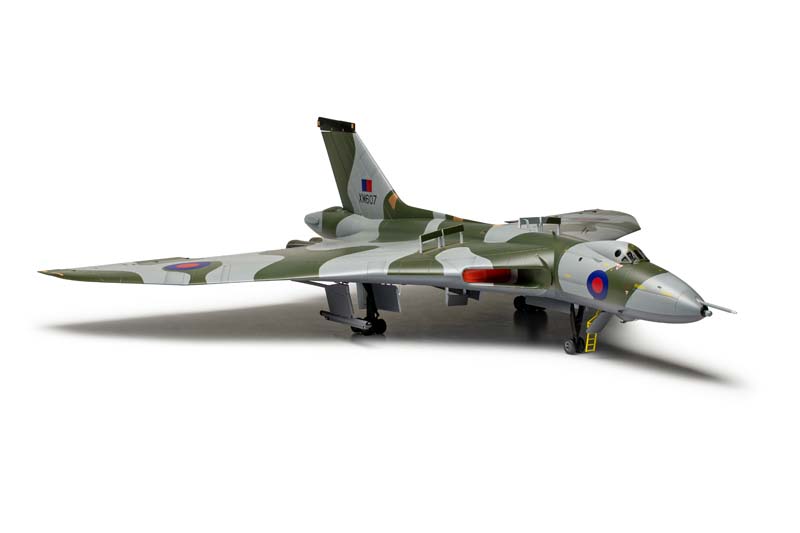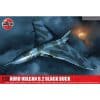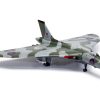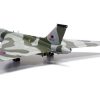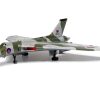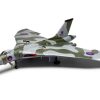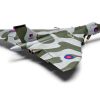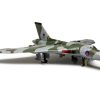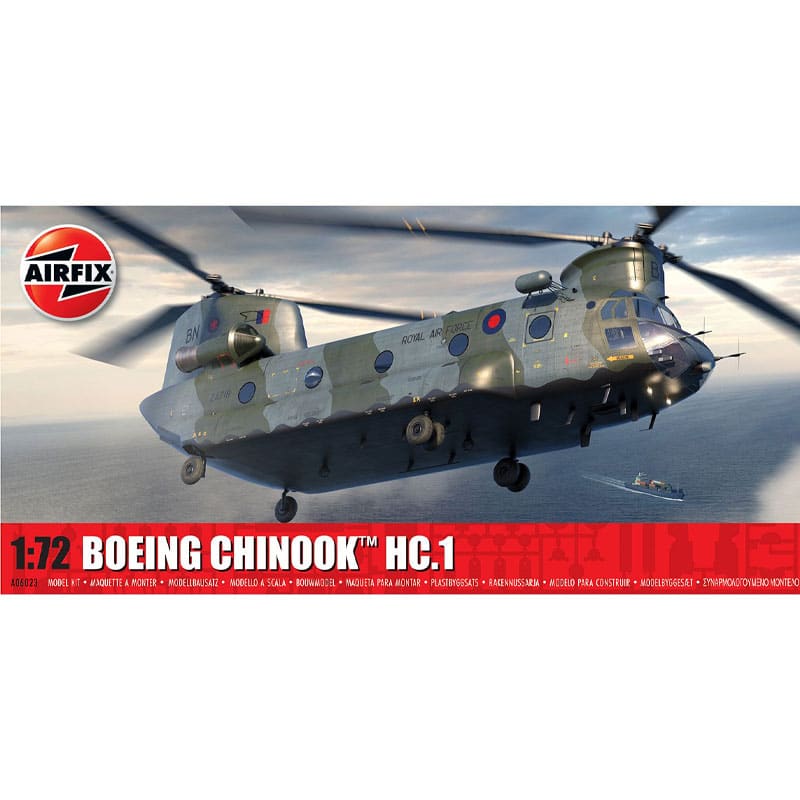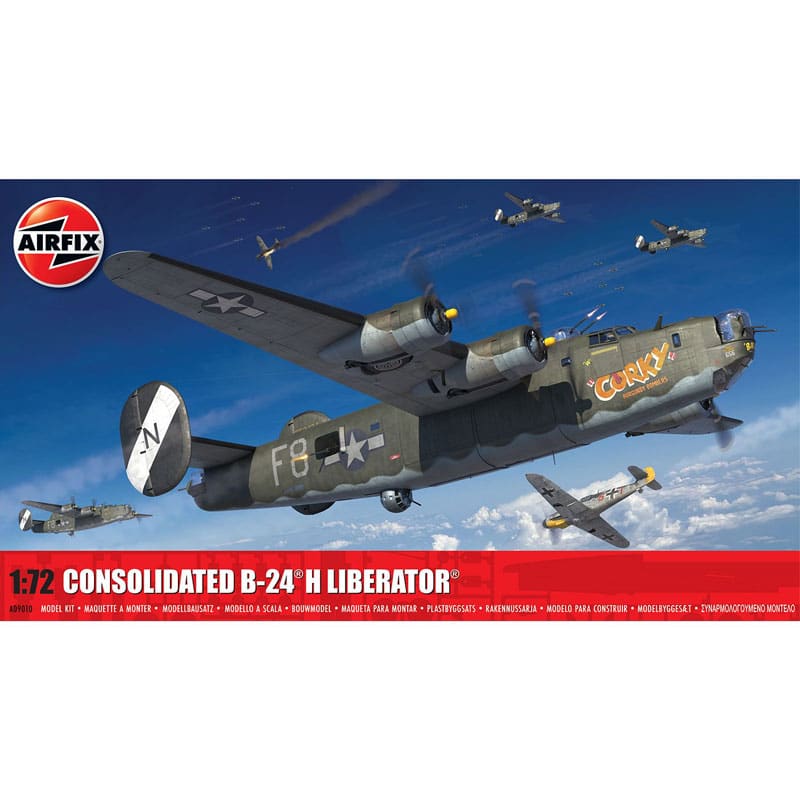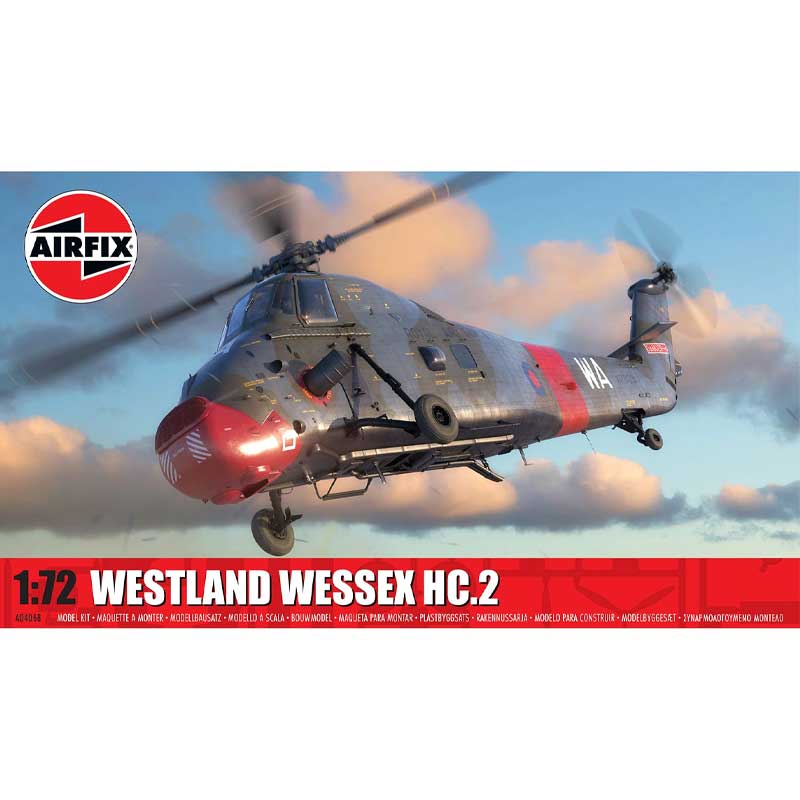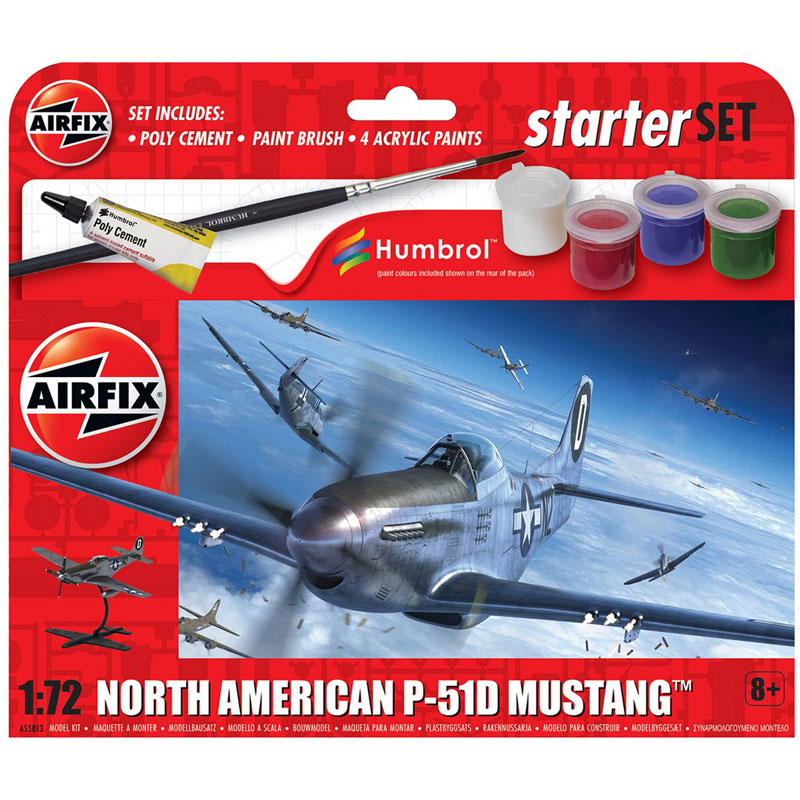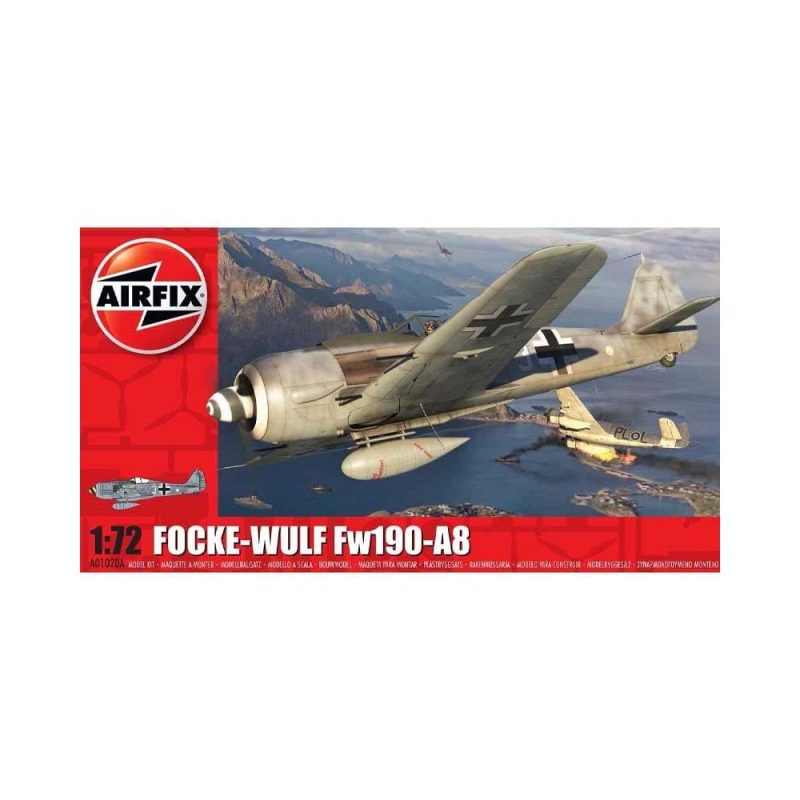Operations Black Buck 1 to Black Buck 7 were seven extremely long-range ground attack missions conducted during the 1982 Falklands War by Royal Air Force (RAF) Vulcan bombers of the RAF Waddington Wing, comprising aircraft from Nos. 44, 50 and 101 Squadrons, against Argentine positions in the Falkland Islands. Five of the missions completed attacks. The objective of the missions was to attack Port Stanley Airport and its associated defences. The raids, at almost 6,600 nautical miles (7,600 mi; 12,200 km) and 16 hours for the round trip, were the longest-ranged bombing raids in history at that time.
The Operation Black Buck raids were staged from RAF Ascension Island, close to the Equator. The Vulcan was designed for medium-range missions in Europe and lacked the range to fly to the Falklands without refuelling several times. The RAF’s tanker planes were mostly converted Handley Page Victor bombers with similar range, so they too had to be refuelled in the air. A total of eleven tankers were required for two Vulcans (one primary and one reserve), a daunting logistical effort as all aircraft had to use the same runway.
The Vulcans carried either twenty-one 1,000-pound (450 kg) bombs internally or two or four Shrike anti-radar missiles externally. Of the five Black Buck raids flown to completion, three were against Stanley Airfield’s runway and operational facilities, while the other two were anti-radar missions using Shrike missiles against a Westinghouse AN/TPS-43 long-range 3D radar in the Port Stanley area. Shrikes hit two of the less valuable and rapidly replaced secondary fire control radars, causing some casualties among the Argentine crews. One Vulcan was almost lost when a breakdown of its refueling system forced it to land in Brazil.
The raids did minimal damage to the runway and damage to radars was quickly repaired. A single crater was produced on the runway, rendering it impossible for the airfield to be used by fast jets. Argentine ground crew repaired the runway within twenty-four hours, to a level of quality suitable for C-130 Hercules transports. The British were aware that the runway remained in use. It has been suggested that the Black Buck raids were undertaken by the RAF because the British armed forces had been cut in the late 1970s and the RAF may have desired a greater role in the conflict to prevent further cuts.

